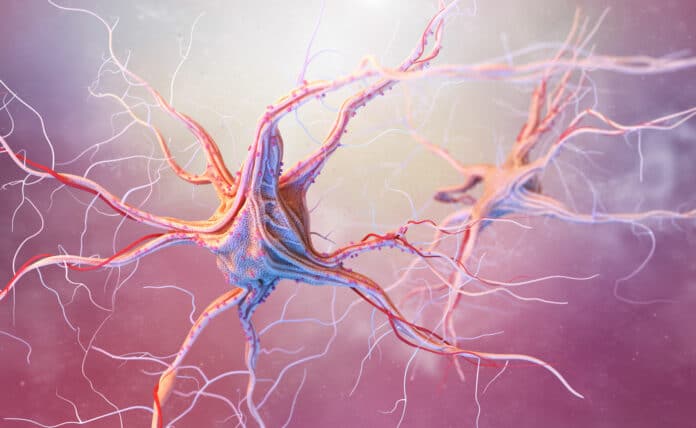Emerging research suggests that COVID-19, the viral illness caused by the SARS-CoV-2 virus, can lead to a unique phenomenon where brain cells fuse. This finding has raised concerns about the potential neurological impacts of the disease. It underscores the need for further investigation into the effects of COVID-19 on the central nervous system.
Understanding this mechanism could provide valuable insights into the wide range of neurological symptoms observed in COVID-19 patients and aid in developing targeted therapeutic interventions.
Researchers at The University of Queensland have found that viruses, including SARS-CoV-2, can trigger the fusion of brain cells, resulting in chronic neurological symptoms. Professor Massimo Hilliard and Dr. Ramon Martinez-Marmol from the Queensland Brain Institute examined the impact of viruses on the nervous system. They discovered that SARS-CoV-2 was present in the brains of individuals experiencing long-lasting COVID-19 symptoms even months after their initial infection.
“COVID-19 induces a unique cell fusion process in neurons, previously unseen. Following infection, the spike S protein is expressed in neurons, and fused neurons exhibit either synchronous firing or complete loss of function,” stated Professor Hilliard
Professor Hilliard used an analogy to describe the role of neurons, comparing them to wires connecting switches in a kitchen and a bathroom. Once fusion occurs, the buttons either activate both lights simultaneously or neither of them, which disrupts the independent circuits. This discovery sheds light on the persistent neurological effects following viral infections. Typically, viral entry into the brain results in cell death or inflammation.
However, the researchers have unveiled a third outcome: neuronal fusion. Various viruses, including HIV, rabies, Japanese encephalitis, measles, herpes simplex virus, and Zika virus, can cause cell fusion in other tissues and potentially have a similar impact on the nervous system. This research uncovers a new mechanism underlying neurological events during viral infections, offering insights into unexplored causes of neurological diseases and clinical symptoms.
In conclusion, the research demonstrates that SARS-CoV-2 infection and viral fusogenic can induce neuronal and glial fusion, resulting in compromised neuronal activity. This discovery highlights a new pathway for viral-induced neurological damage. It provides insights into potential mechanisms underlying persistent neurological symptoms. Further investigations are necessary to unravel the full extent of neuronal and glial fusion’s role in neurological diseases and explore therapeutic interventions to mitigate their impact.
Journal Reference:
- RAMÓN MARTÍNEZ-MÁRMOL, ROSINA GIORDANO-SANTINI et al. SARS-CoV-2 infection and viral fusogenic cause neuronal and glial fusion that compromises neuronal activity. Science Advances. DOI: 10.1126/sciadv.adg2248.
